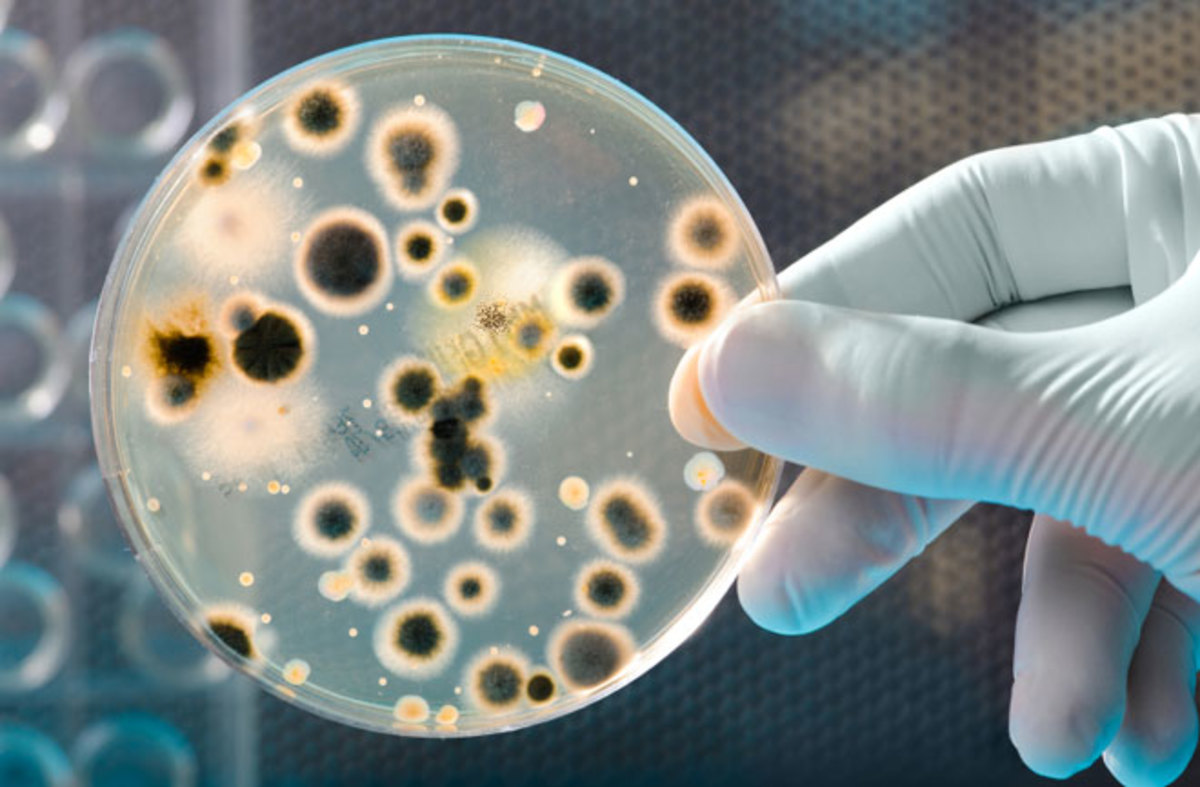Bacteria reaction!

A scientist has found out two different species of bacteria that may have a great use in Medicine. At the scientist's laboratory, the bacteria of the specie A were grown inside the culture medium I, and the bacteria of the specie B were grown inside the culture medium II. The scientist, in order to classify the two species of bacteria as Gram negative or Gram positive, drops a certain alcohol on the culture media I and II. A certain reaction happens on the culture medium I, but nothing happened on II. After that, the scientist drops some sodium hydroxide on the both I and II. The scientist noticed that the chemical compound glycerol was produced on the culture medium I, but, once again, nothing happens on II. Which of the bacteria species is a Gram positive?
Note : consider that the amount of sodium hydroxide used wasn't enough to kill the bacteria and that this compound reacted with one of the products of the first reaction.
This section requires Javascript.
You are seeing this because something didn't load right. We suggest you, (a) try
refreshing the page, (b) enabling javascript if it is disabled on your browser and,
finally, (c)
loading the
non-javascript version of this page
. We're sorry about the hassle.
At first, this experiment is highly hypothetical: these reactions might not happen in a noticeable way in real life, macroscopically talking. One of the differences between a Gram positive bacteria and a Gram negative one is that the the first one's cell wall (which is made of pedtidoglycan) has an acid called teichoic acid , or lipoteichoic acid if it is bound to a lipid (most of the times a plasmatic membrane's phospholipid). The Gram negative bacteria cell wall is also made of peptidoglycan, but it is smaller than the Gram positive's one. The bacteria that are Gram negative also have a extern membrane, made of proteins and lipopolysaccharides. It is good to know that this extern membrane has certain lipids that make the Gram negative bacteria more pathogenic when compared to the Gram positive ones.
So, when the scientist drops the alcohol on both media, he makes a reaction called esterification , which happens between an alcohol and an acid (so it must have happened in the bacteria that were on the culture medium I) producing water molecules and a certain ester. But how does one know that a esterification reaction happened?
After the alcohol reacted with the acid, something (which we now know that is an ester) was produced. This product was only produced on the culture medium I. So, when the sodium hydroxide is dropped on both media, it reacts with something, producing glycerol. The glycerol can be a product of many reactions. However, as it was said that one of the reagents was the sodium hydroxide, we can say that a reaction called saponification happened. A saponification reaction happens between an ester and sodium hydroxide, producing and alcohol (in this case, the glycerol) and a salt. As the first reaction happened between an acid and an alcohol, and the second reaction happened only on the culture medium I, we conclude that the product of the first reaction must be and ester (so that the first reaction is an esterification reaction), allowing the second reaction to happen. After all, the scientist concludes that the bacteria of the specie A , which have been growing on the culture medium I, is Gram positive, as it has the teichoic acid in its cell wall.